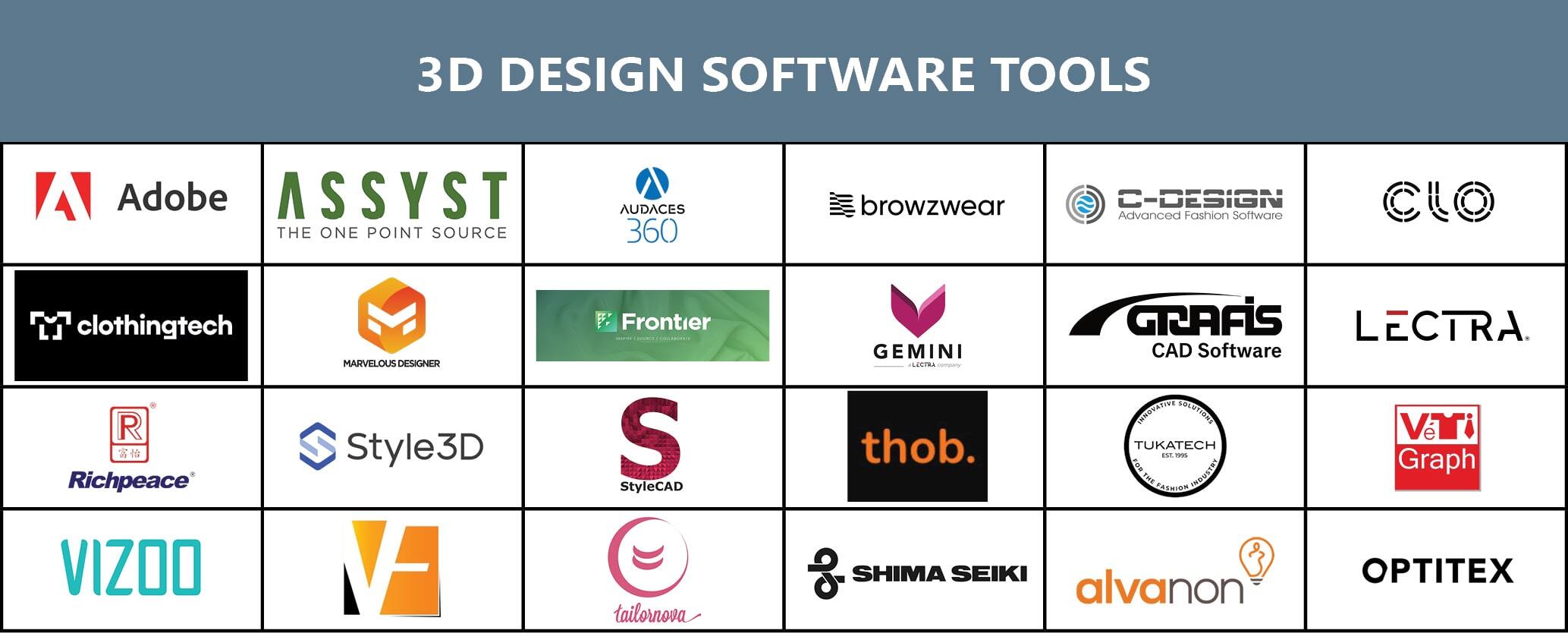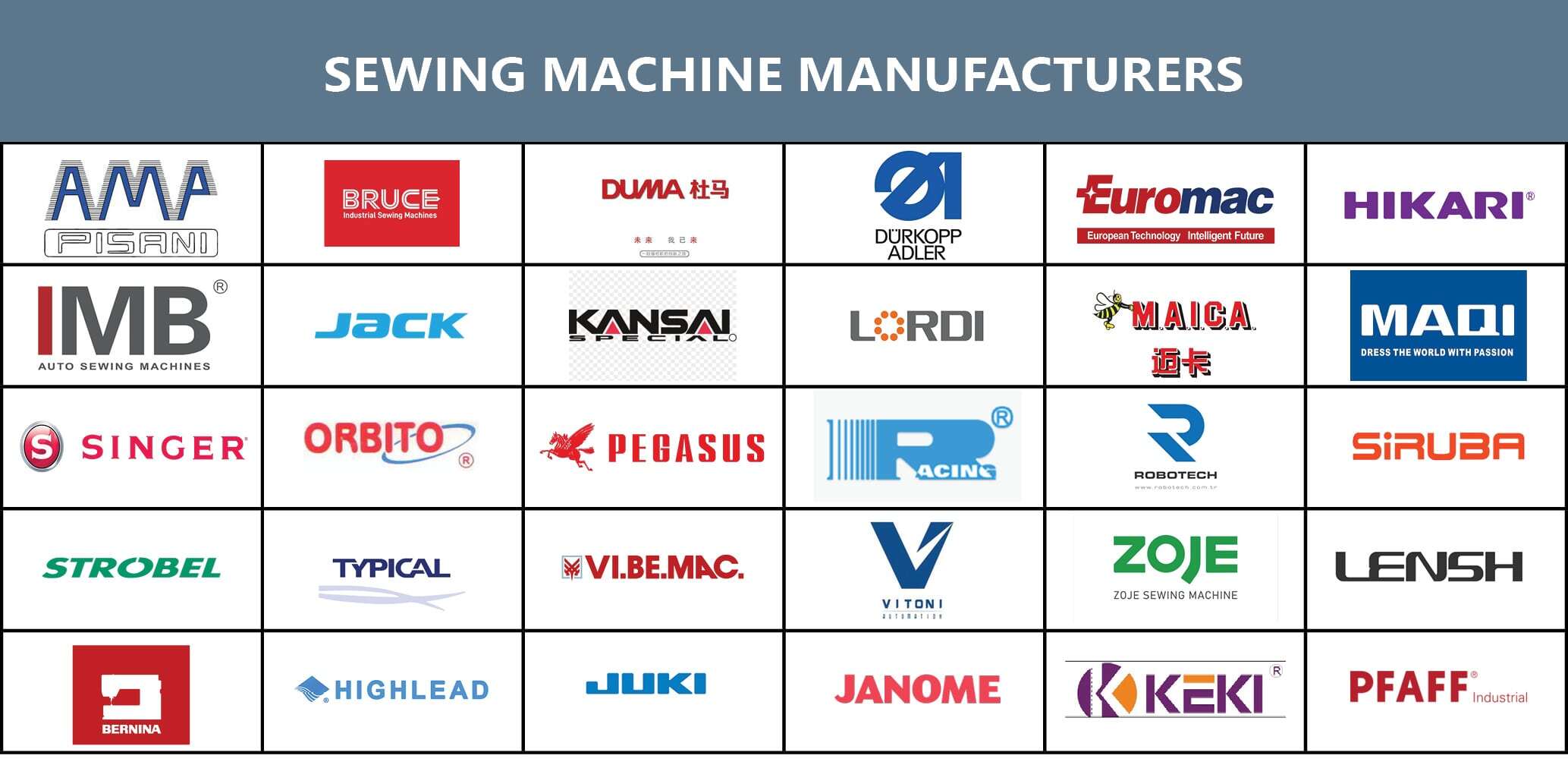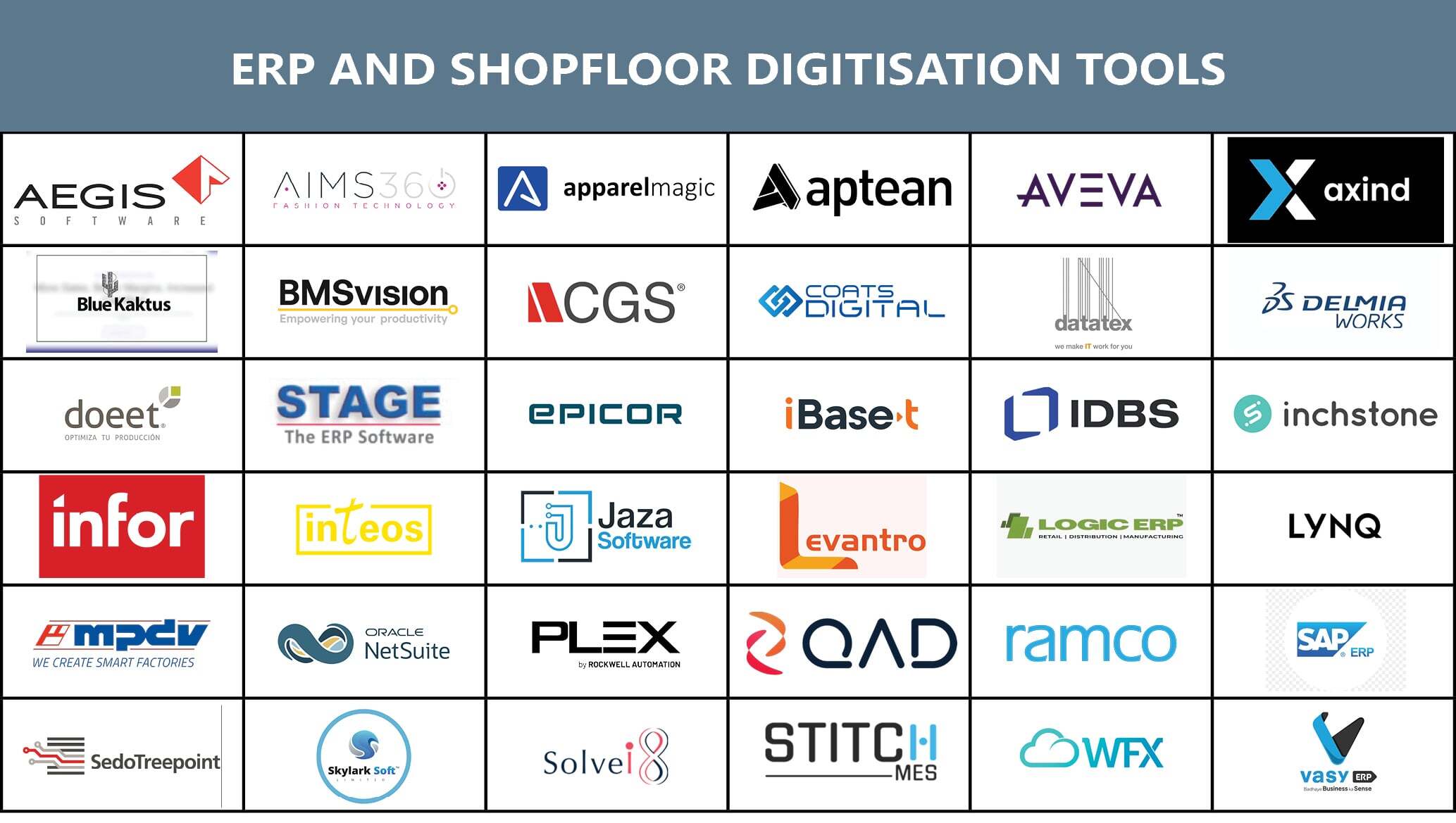They say you either evolve or fall behind, and in Bangladesh’s RMG sector, evolution now comes in the form of digitalisation. From planning to sewing, technology is quietly changing how production works. What was once manual, paper-based and reactive is now done with software, sensors and smart data.
From Dhaka to Narayanganj and Chittagong, many factories are using digital tools like planning software, smart dashboards and line-monitoring systems.
For example, at Azim Group, Coats Digital’s FastReactPlan led to a 15% improvement in planning efficiency. Similar tools at FCI (BD) Ltd., and Tusuka have resulted in higher capacity utilisation, improved line efficiency and more consistent on-time delivery. These gains reduce last-minute air shipments and production overtime and they help build trust with buyers by improving delivery performance.
Cutting rooms are also seeing big efficiency gains. Automated nesting systems like Gerber’s AccuNest can optimise fabric layout, reducing material waste and improving fabric yield across production runs.
On the sewing floor, digital transformation continues. Line-level monitoring systems such as JUKI’s JaNets platform give real-time updates on defect rates, idle times and bottlenecks in production processes. This helps managers act faster and more precisely. Some factories are testing computer vision for quality control.
Quality control in Bangladeshi factories is quietly going digital and the early results are encouraging. Several factories testing AI-powered quality systems and IoT-based inspection points have started to see real improvements. In trials conducted in 2025, some factories reported up to 15% fewer defects and better productivity on the sewing line.
When these digital tools are used alongside existing lean manufacturing or Total Quality Management (TQM) practices, they help reduce rework and keep production flowing smoothly. Local case studies show that digital QC can reduce defects per hundred units (DHU) by 1.5 to 3 percentage points. That is a big win because it not only improves on-time delivery but also helps factories meet buyer quality and compliance standards more consistently.
Digitalisation is also helping factories become more eco-friendly. Initiatives like the IFC-led Partnership for Cleaner Textile (PaCT) have guided hundreds of factories in tracking and reducing their energy and water use. By installing smart meters and automating parts of their utilities, many factories are saving resources such as billions of litres of water and millions of megawatt-hours of energy across the programme.
More importantly, those combining digital tools with smarter processes are now producing garments with a smaller environmental footprint. That matters more than ever as European buyers tighten their requirements around sustainability, emissions and traceability.
“Bangladesh’s garment sector has been quick to adopt ERP systems, digital monitoring and compliance platforms, but AI and VR adoption is still at an early stage compared to countries like China and Vietnam. However, the willingness to modernise is clearly growing as international buyers increasingly push for higher efficiency and traceability,” shared Nourin Huq Ridi, Founder, Dark Kak.
| Automated nesting software such as Gerber AccuNest and Lectra’s CAD systems are increasingly used to optimise marker efficiency. Globally, these systems report 2-3% improvements in material utilisation compared to manual or semi-automatic methods and local suppliers in Gazipur and Narayanganj confirm similar savings. |
The solution provider focuses on three key areas: humanoid AI trainers that act as intelligent avatars guiding workers through complex tasks, immersive VR training platforms that allow workers to learn machinery operation and compliance processes in a safe, simulated environment and IoT-powered automation systems that track efficiency and quality across the production line.
The RMG industry has long been built on scale and resilience. Now, with digital systems taking root across the value chain, it is gaining speed, precision and transparency, all of which are essential for the future of apparel manufacturing.
Smarter Cutting Rooms
In Bangladesh’s cutting rooms, digitalisation is reshaping how factories handle their most expensive input fabric. Automated nesting software such as Gerber AccuNest and Lectra’s CAD systems are increasingly used to optimise marker efficiency. Globally, these systems report 2-3% improvements in material utilisation compared to manual or semi-automatic methods and local suppliers in Gazipur and Narayanganj confirm similar savings. While the percentage sounds small, the numbers add up quickly: a factory consuming 2,000 tonnes of knit fabric annually can save 40–60 tonnes through smarter nesting, equivalent to US $ 160,000-US $ 240,000 per year at current average fabric prices.
Beyond direct savings, automated cutters also reduce planning bottlenecks, cutting preparation times from hours to minutes and improving throughput for large-volume basics.
“We are currently evaluating automated cutters and advanced nesting solutions. Expected material savings are around 0.8- 1.2% on simpler knit fabrics and 1.5-2.5% on more complex woven or plaid fabrics. Throughput could be 20-30% faster in the cutting room, mainly due to smoother set-up, reduced re-cuts and faster cycle times,” said Usama Maqsood, Group Director, Experience Group.
The manufacturer with an annual production capacity of over 23 million annual pieces, produces a wide range of apparel products such as bottoms, dresses, blouses, tops, outerwear, sleepwear, underwear and workwear.
| 40-60 tonnes
A factory consuming 2,000 tonnes of knit fabric annually can save 40–60 tonnes through smarter nesting, equivalent to US $ 160,000-US $ 240,000 per year at current average fabric prices. |
He also noted a shift in buyer expectations: “Buyers are already asking for digitised QC logs and traceable roll-wise data. There is a strong pull from their side and that’s one of the reasons we’re prioritising this area.”
On the question of return on investment, Maqsood added, “Automation makes the most sense when fabric is a high share of the cost, when there’s a lot of style variation, when buyers demand tight quality control and when planning is done centrally. In those cases, achieving payback within two to three years is realistic.”
Looking ahead, the company plans to expand its digital footprint further. “As part of our ERP/MES roadmap, we’re looking at deploying tablets at the end of each line to capture digital in-line inspection, DHU rates and operator or line efficiency in real time,” he said.
Likewise, Shovon Islam, MD, Sparrow Group, a manufacturer with an annual revenue of US $ 250 million and a production capacity of 18 million garments annually, said they use the Astro Cutting Suite to automate fabric layout and cutting. The software syncs with their planning system to decide which table to use, which styles to cut, whether to cut manually or by machine and the estimated completion time.
It’s integrated with their in-house ERP system, I-THREAD. He mentioned that such high-end German machines, each worth nearly a million dollars, run 24/7 for maximum output. In fact, newer models use laser-guided AI to prevent fraying. He stressed that the cutting accuracy has jumped from 30–40% to nearly 70%, now matching their sewing performance.
Technology providers also note a strong shift towards integrated cutting room solutions. Eastman C.R.A. (Hong Kong) Ltd., a leading supplier of automated and manually operated cutting machines across South and Southeast Asia, is seeing growing demand from Bangladesh. “Using automation in the cutting room can reduce manpower by more than 50%. The digital reports also integrate easily with ERP systems,” said Engr. Mohammad Rawshan Ali (Shaheen), Country Manager, Eastman C.R.A HK Ltd.
“Our portfolio includes CAD software, Cut Manager, Spreading Systems and Auto Cutting Systems. Automation enables factories to monitor daily production, expenses, export and import data.” Beyond cutting, digitalisation is also gaining ground across sewing, quality and finishing through Manufacturing Execution Systems (MES). “Our MES platforms support real-time production monitoring, line balancing, defect tracking and digital workflow automation. They cover everything from cutting to sewing, in-line QC, finishing and shipment readiness, ensuring data-driven decision-making at every step,” said Ashan De Silva, Director, Metalabs Pte Ltd., a Singapore-based technology firm.
Manufacturers are also realising how important digital tools are for sales and marketing. More players now want faster design cycles, fewer physical samples and better ways to collaborate remotely and digitalisation makes all of that possible.
For instance, Floreal Bangladesh, a subsidiary of CIEL with an annual production capacity of 1.5 million pieces, uses tools such as CLO 3D, Browzwear and Adobe Substances. “We have embraced a sustainable approach to sampling, effectively replacing physical sampling with virtual sampling. In addition, we have integrated platforms like Clo-Set and our own homegrown applications, which offer brands much flexibility to engage in real-time data transfer, facilitating seamless communication, comments and approval processes,” said Sanjeev Mishra, Director, Floreal Bangladesh.
He added, “We have already embraced 3D proto sampling, and in some cases, we have even transitioned to conducting 3D for Sales Man Sampling. As our CIEL textile group statement is ‘go beyond,’ we have gone beyond to utilise virtual fitting extensively, which has proven to be a significant advantage in numerous cases. Our customers greatly appreciate these innovative approaches, which not only streamline communication but also expedite production lead times, giving us a competitive edge and driving sales growth.”
The company has also incorporated a digital ‘try-on’ method, complemented by augmented reality (AR) technology, into their marketing strategies.
Sewing Lines Go Digital
Across Bangladesh, many factories have started using smart line-monitoring tools, automation and real-time analytics to improve both speed and consistency on the sewing floor.
Tools like JUKI’s JaNets have been deployed to connect individual sewing machines to central dashboards that display line performance, idle times, operator output and equipment status in real time. In a 2025 implementation at a knitwear factory in Dhaka, use of this system led to a notable 12% increase in line productivity and a marked decrease in machine downtime.
Another device gaining traction is Nidle, an Internet of Things sensor attached to sewing machines. Nidle measures productivity and downtime, signalling the operator’s pace and whether they are meeting the output targets. In one case, after installing Nidle, a factory saw up to 10% productivity gains without adding labour.
More factories are also adopting Unit Production Systems (UPS) such as those from Eton Systems. These utilise overhead hangers to move garments automatically from one operator to another, balancing workflow and reducing handling delays. Initial implementations in select Bangladeshi factories have revealed throughput boosts of around 8% to 15% and reduced WIP levels, particularly advantageous for high-volume, style-diverse orders.
Efforts to improve line-level traceability and performance continue as well. In several factories, tablets are being installed at sewing line endpoints to record operator performance, capture defects per hundred units (DHU) and document downtime causes. The data feeds into broader MES platforms, enabling real-time line balancing, quicker intervention and more traceable reporting, aligned to what international buyers now increasingly expect in terms of compliance and transparency.
These incremental digital steps are already yielding tangible benefits. Whereas DHU (defects per hundred units) traditionally hovered around 12%, digital adoption, especially when combined with lean and TQM initiatives, is helping factories inch closer to 10 or 11%. This translates into fewer reworks, faster delivery and strengthened buyer satisfaction.
These automation tools are also impacting workforce structures. A study by Solidaridad Bangladesh, BRAC University and Bangladesh Labour Foundation showed that increased automation in RMG factories has led to a 26.6% decline in sewing-related jobs. The biggest reductions were seen in helper roles, with significant implications for women workers and low-skilled labour.
Some factories that have adopted technologies like MES (Manufacturing Execution Systems) are already seeing clear benefits.
Take Dressmen Ltd., for example. The use of MES has improved awareness and responsibility among workers on the production floor, creating a stronger sense of accountability. It has also helped streamline operations and improve data management, which allowed the company to reduce its middle management by 30%. On top of that, efficiency has increased by 4-5%.
“Buyers today look at how sustainable and productive are you! Nobody is going to pay for non-productivity and non-compliant processes, which is why we are focusing on both these areas strongly,” mentioned Maashed R. Abdullah, Director, Dressmen.
Turning Data into Environmental Action
Digitalisation isn’t just about cutting and planning; it is also about monitoring the environmental footprint of Bangladesh’s most resource-intensive industry. The IFC-led PaCT II programme, which wrapped up in 2023, worked with 229 factories and helped them cut 222,000 tonnes of CO2 annually, alongside billions of litres of water and millions of megawatt-hours of energy. These numbers highlight the scale of opportunity when factories install meters and data systems for energy, steam and water.

In 2025, several large dyeing and finishing units in Narayanganj and Gazipur have begun linking these meters directly into production dashboards, enabling managers to see real-time kWh/kg or m³/kg figures. For example, a large knit composite facility reported 15–18% lower water consumption after coupling sensor data with process control software in its dyeing department.
Beyond monitoring energy, water and chemical usage, some factories are focusing on circular production processes. For example, Pacific Jeans, a garment manufacturer with 10 production units and over 50 million in production capacity, has implemented a tearing line that recycles waste generated during the cutting of jeans. With a capacity of up to 800 kg of fibre per hour, the line transforms large volumes of manufacturing scrap into high-quality sustainable fibres, which are then spun into yarn for new jeans production.
“Currently, energy, water and chemical use is measured through periodic meter readings and utility bills. Our plan is to install sub-meters for each line or production area and connect those to IoT gateways, allowing us to track resource use per order or style and optimise accordingly,” said Luthmela Farid, Director, Pacific Jeans.
Experience Group is in the early stages of linking resource monitoring to production. “Our plan is to install sub-meters for each line or production area and connect them to IoT gateways. This will allow us to track energy, water and chemical use per order and optimise accordingly,” she added.
Digital DHU tracking and live bottleneck visibility will reduce rework and idle time, while sub-metering will highlight waste in utilities that can be cut during off-peak times. The sector is embracing digital tools to strengthen its environmental performance and prepare for future global regulations. A promising advance is the pilot of Digital Product Passports (DPPs) through a collaboration between DigiProd Pass Ltd., Digital Architect Ltd., and BGMEA, enabling tamper-proof, real-time traceability from raw materials to finished garments and aligning with the EU’s upcoming Ecodesign regulation.
Meanwhile, academic research (published in Springer Nature Link) has introduced a blockchain-based green supply chain management framework tailored for the RMG industry. The proposed framework facilitates the end-to-end monitoring of sustainability practices, from the procurement of raw materials to the production of finished garments, by utilising the immutability and transparency of blockchain technology.
Despite the progress, the RMG sector still relies heavily on manual training and human-dependent quality control, which often lead to inconsistencies. The lack of real-time monitoring of defects, energy use and production efficiency also limits the ability of factories to optimise at scale. What the industry needs most urgently is targeted investment in worker upskilling, along with standardised training platforms that ensure thousands of workers can be trained uniformly and quickly.













